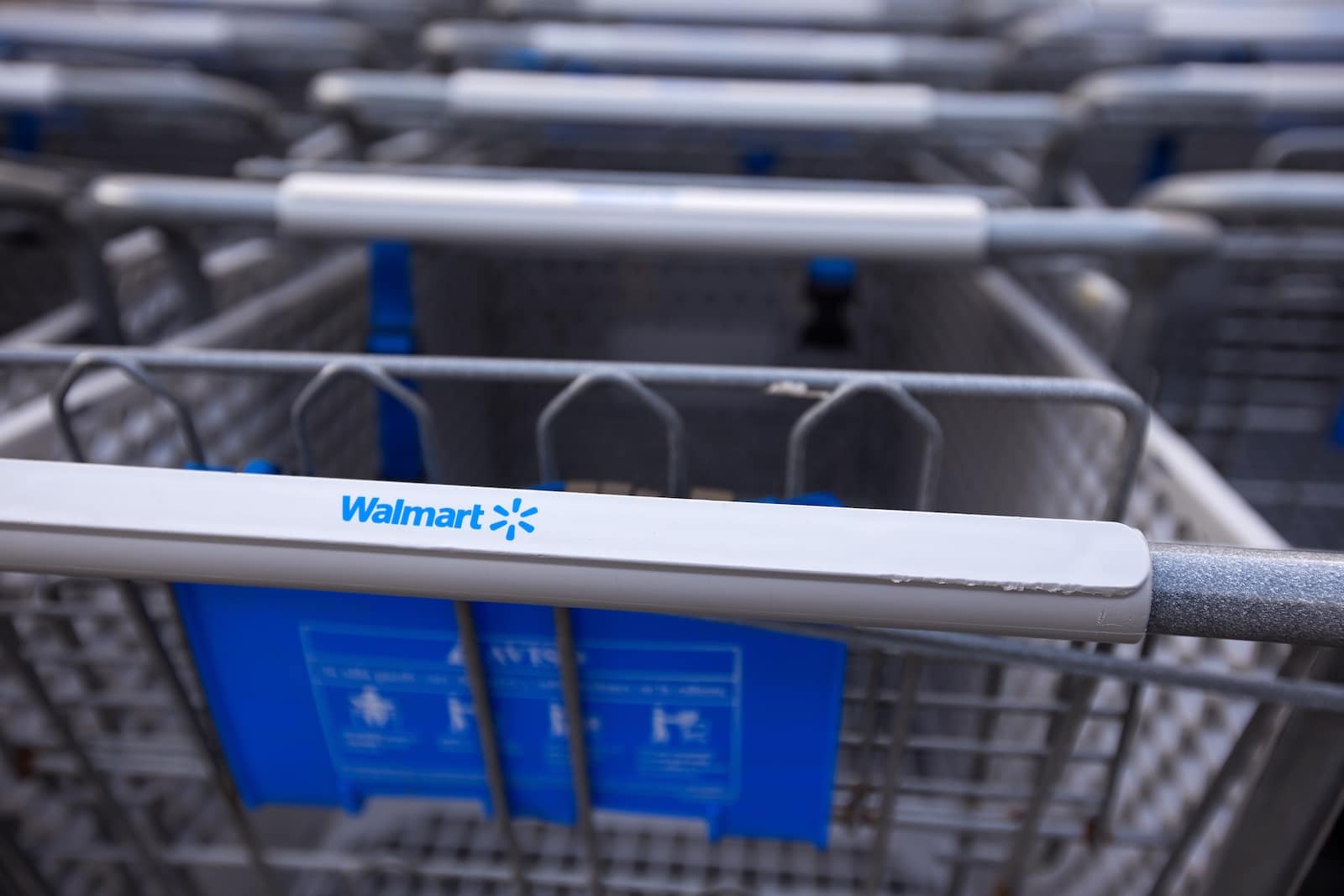Retail giant Walmart recently filed a patent application mundanely titled “System And Method For A Biometric Feedback Cart Handle.” The technology is essentially a shopping cart handle that can track the heart rate, temperature, stress level and other biological characteristics of shoppers as they grip the handle of their cart when moving around a store. It represents one of the most direct forms of occupant tracking in the retail sector, causing intrigue in the sector and a outrage amongst privacy defense groups.
It is not Walmart’s first patent in the high-tech shopping cart realm. Earlier this year, their “shopping facility assistance systems, devices and methods to drive movable item containers” patent was approved, which is essentially a robotic shopping cart that leads shoppers around a store. Both patents could be seen as logical steps in the development of smart buildings, which at their core revolve around occupant tracking and human-machine interactions. However, with the vast majority of occupants in retail buildings like walmart stores being the general public, the privacy issue becomes a more serious point.
Walmart maintains that it will never store personal data relating to specific customers but even anonymized aggregated biometric data has serious implecations within the monitoring, and over-monitoring, debate. Within the limits of “not keeping personal data,” however that might be controlled, retailers could still be able to monitor, store and analyse data based on age, gender, skin color, and potentially even link shoppers with their spending or their vehicle type, for example.
On the other side of the coin, there are a whole host of profit-enhancing benefits that could be garnered by gathering biological data about shoppers as they move through the retail experience. At the most simple level, gauging the success of a promotion based on the biological response of shoppers as they move past that area of the store would help the retailer improve their in-store marketing.
Follow to get the Latest News & Analysis about Smart Buildings in your Inbox!
On a more advanced level, using such technology retailers could gain unprecedented insight into how people feel and think as they shop; what stresses them out, what excites them and what bores them. That kind of data has the potential to revolutionize the shopping experience in favor of the retailer. Knowing what triggers different responses in different kinds of people at certain times of day could even allow retailers to “control” shoppers to a certain degree.
For some, this will simply be an extension of what already happens in retail and other sectors. Understanding your customer is part and parcel of doing business, so better understanding your customer is simply doing business better. Others will highlight that a line must be drawn and that the insights offered by monitoring such intimate information about people is way over that threshold. Heart rate alone offers insight not only into shopping behavior, which in itself is a private set of thoughts, it also provides a window into their lives as a whole.

Even without personal information being stored; should a retailer be able to find out if people spend more when they are stressed and on what? Should they be able to understand what would trigger a certain emotion and how that leads to increased spending? How much do retailers already track and understand customers in this sense, and how much more data would direct biometric monitoring provide? These are questions for public debate and inquiry by relevant authorities, and will no doubt drag on as the occupancy tracking sector continues to develop.
Shopping cart handles may be just the start of tracking in the retail experience, and even if their use is prohibited, it may be possible to garner similar insights by tracking heat output of shoppers using advanced video surveilence technology, for example. “Right” or not, the business advantages of biometric shopping cart handles and similar customer tracking technology are clear and significant.
The trend toward greater occupancy tracking using Internet of Things technology in other arenas such as the workplace and healthcare facilities will no doubt pave the way for such developments in retail. “The market for office occupancy analytics solutions and location based services is in its infancy, highly fragmented and subject to rapid technological change,” states our report - Occupancy Analytics & In-Building Location Based Services 2017 to 2022 - released earlier this year.



